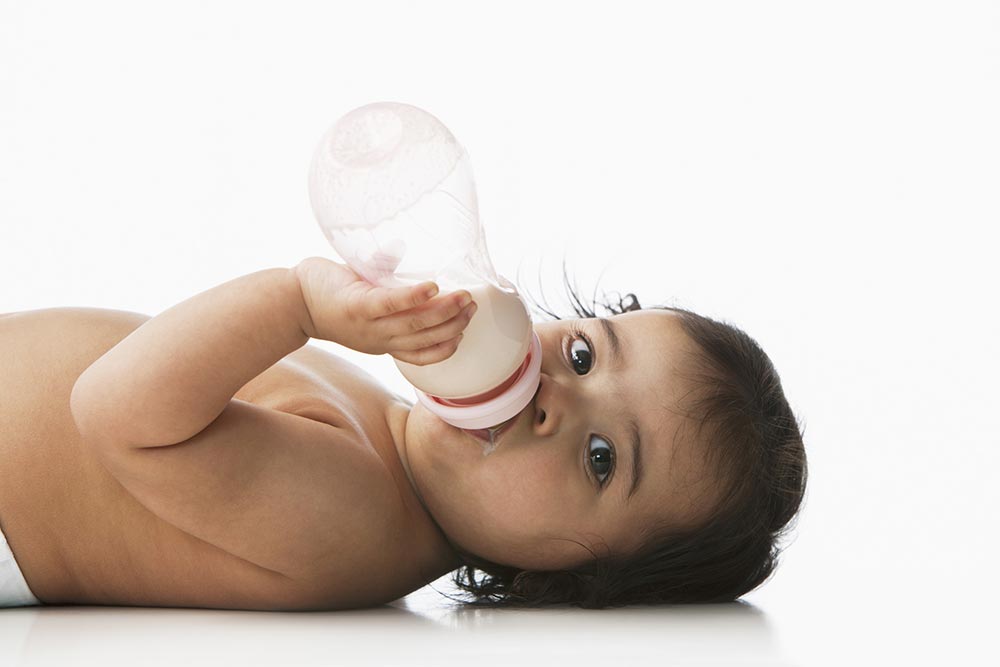Infant nutrition has been a topic of vital importance for decades. As science progresses, we continue to discover the best ways to nourish the youngest among us. Delving into the rich world of baby formula, one realizes that there’s more than meets the eye in that little tin on the store shelf. This article unlocks the magic and the advanced technology intertwined with baby formula production and innovation.
The Evolution of Baby Formula
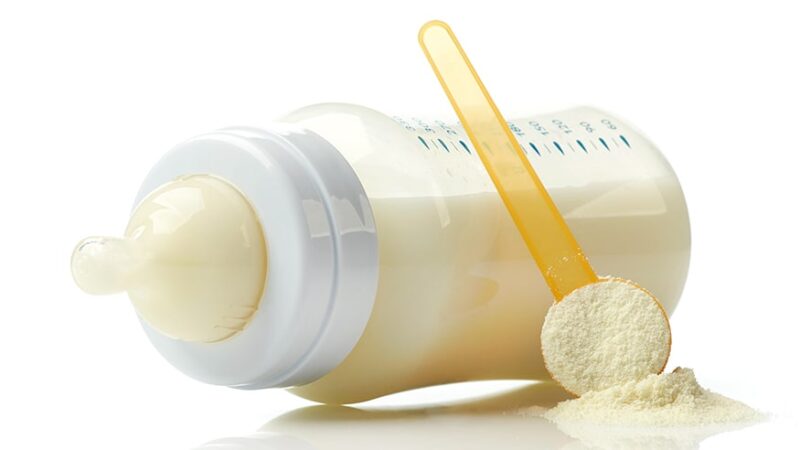
Historically, alternatives to breastfeeding have been around for centuries. Ancient civilizations used animal milk, mashed grains, and even broth as substitutes for human milk. However, it was in the late 19th and early 20th centuries that the first commercial infant formulas began to emerge. These early versions had a simple composition, primarily cow’s milk with a few modifications. As research into infant nutrition expanded, scientists discovered essential vitamins and minerals absent in cow’s milk. This led to the fortification of commercial products with vital nutrients, mirroring the nutritional profile of human milk more closely.
By the 1950s and 60s, innovations enabled formulas to be more digestible, making them a feasible option for many families. Recent decades have witnessed the inclusion of probiotics, DHA, and ARA into formulas, compounds found naturally in breast milk. With the marriage of nutrition science and technology, today’s products like HiPP Dutch Formula offer a nutritional haven for infants, ensuring they receive optimal nourishment in their early life.
Key Nutritional Components
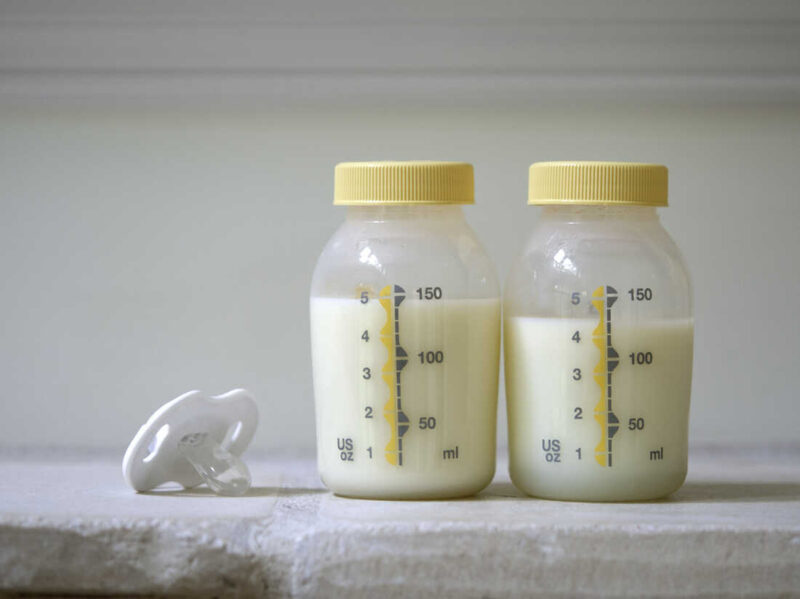
The goal of any formula is to mimic the natural composition of breast milk. One of the primary components is lactose, a sugar that provides energy. While cow’s milk has lactose, the concentration varies from human milk, necessitating adjustments.
Proteins are critical for growth and development. Whey and casein are the two primary proteins in milk. The ratio between these proteins in cow’s milk differs from human milk, leading formula manufacturers to alter this balance. Amino acids like taurine and nucleotides, which support brain and body growth, are other essential additions.
Fat blends in infant formulas are also crucial. To closely match the fat composition of breast milk, it manufacturers incorporate vegetable oils, fish oils, and other specialized fats. These fats ensure that the infant gets essential fatty acids like omega-3 and omega-6, which are pivotal for brain development and overall growth.
Innovations in Ingredient Sourcing

The quest for optimal infant nutrition has led to a treasure hunt for the best ingredients. Algal oils, a novel source of DHA, are being used to bolster brain health. These oils are derived from microalgae and offer a vegetarian source of this crucial fatty acid.
Harnessing the benefits of nature, many companies now explore goat milk as a base for infant formula. With its unique protein composition and ease of digestion, goat milk formulas have gained popularity, especially among infants with sensitive stomachs. Beyond traditional sources, research delves into deriving nutrients from fermented foods and even specific beneficial bacteria.
The inclusion of prebiotics and probiotics is another leap in ingredient sourcing. Extracted from plant fibers and fermented foods, these components support gut health, laying the foundation for a robust immune system. As science unveils more about the human microbiome, the role of these beneficial microbes in infant formulas becomes even more significant.
Precision Manufacturing Techniques
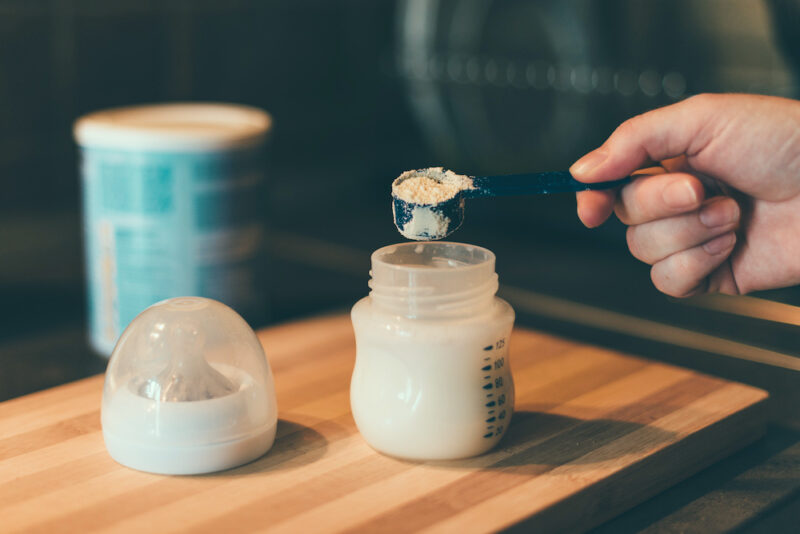
Creating a formula that’s both nutritious and safe requires meticulous attention to detail. Modern manufacturing employs advanced chromatography techniques to separate and purify ingredients, ensuring that only the best nutrients find their way to the formula.
Emulsification techniques have evolved, ensuring fats, proteins, and carbohydrates merge seamlessly, offering a consistent texture and preventing ingredient separation. This guarantees that each sip offers the same burst of nutrients, vital for steady infant growth.
Beyond the actual formula creation, quality control has seen leaps in technological adoption. Mass spectrometry, a tool initially reserved for advanced chemical analysis, is now commonplace, ensuring the composition remains consistent across batches and adheres to stringent quality standards.
Packaging and Shelf Life Enhancements
The journey of a formula doesn’t end once it’s manufactured. Protecting its nutritional integrity is paramount. Advanced packaging solutions now incorporate nitrogen flushing, replacing oxygen inside the tin to prevent rancidity and nutrient degradation.
Seal integrity is another frontier. Advanced laser techniques ensure that the formula remains protected from external contaminants. The inclusion of moisture and oxygen absorbers within the packaging guarantees that the product retains its freshness, even in challenging storage conditions.
In tandem with packaging, advanced pasteurization methods extend shelf life without compromising nutrient value. High-pressure processing, for instance, eliminates pathogens while ensuring heat-sensitive nutrients remain unharmed.
Safety and Regulatory Considerations
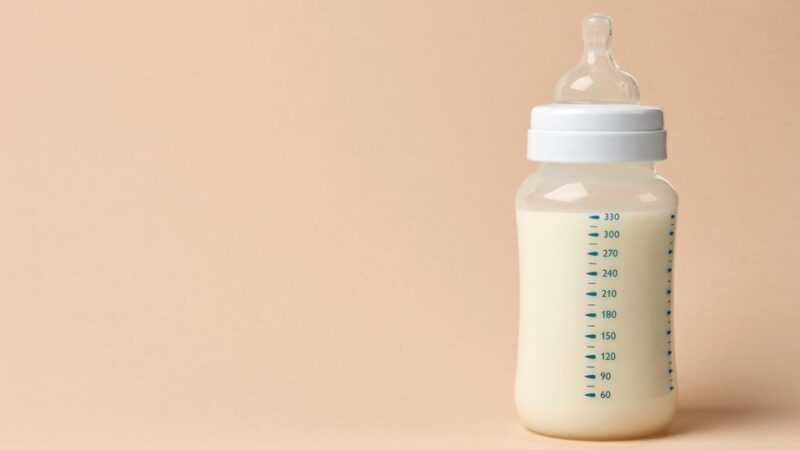
The food industry is no stranger to regulations. However, infant formula, given its vital role, is under sharper scrutiny. Every country boasts rigorous standards, with bodies like the FDA and the European Food Safety Authority setting the benchmark.
Manufacturers engage in regular audits, ensuring their facilities adhere to Good Manufacturing Practices (GMP). These encompass everything from ingredient sourcing to final product testing, ensuring no stone is left unturned in the quest for safety.
Beyond regulatory compliance, many manufacturers go the extra mile, seeking certifications like Non-GMO or Organic. These badges of honor testify to their commitment to offering infants the purest nutritional start.
Sustainability in Production
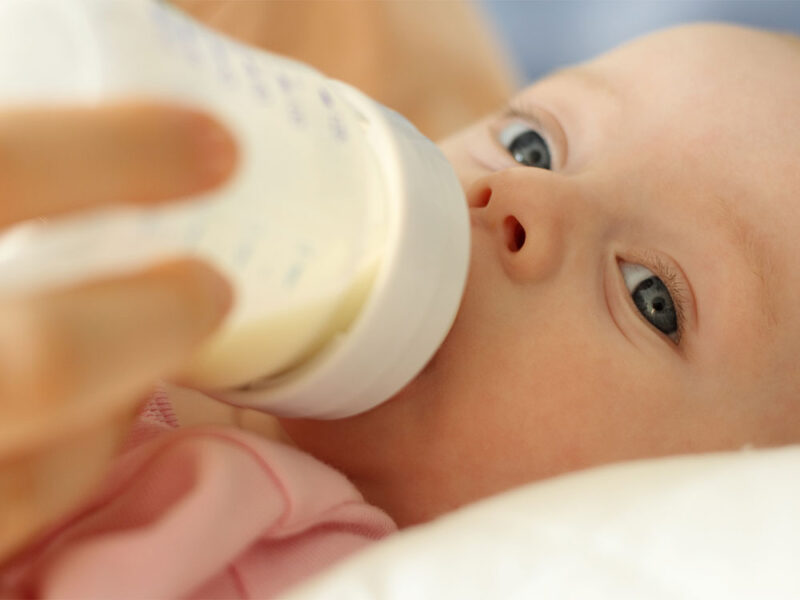
The environment and sustainability are core concerns in today’s production landscape. Formula manufacturers are actively seeking ways to reduce their carbon footprint. From sourcing ingredients locally to adopting green manufacturing practices, the drive towards sustainability is palpable.
Packaging innovations like recyclable tins and cartons or even refill stations in stores underscore this commitment. Reducing plastic use, minimizing waste, and even harnessing renewable energy for production are steps being taken in the right direction.
Beyond the tangible, there’s an intangible aspect of sustainability – social responsibility. From ensuring fair wages for farmers to community outreach programs, the holistic view of sustainability is slowly weaving its way into the fabric of formula production.
Final Thoughts
Infant formula, once a simple concoction, has transformed into a beacon of scientific advancement and innovation. As we stand at the confluence of nutrition, technology, and sustainability, it’s heartening to see the lengths to which we go to ensure our youngest have the best start in life. The future of infant nutrition, with its myriad possibilities, promises to be even more exciting.

